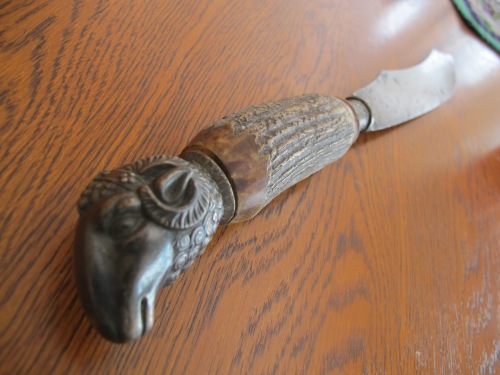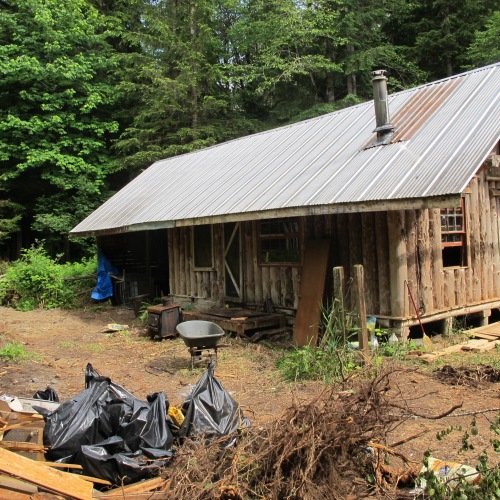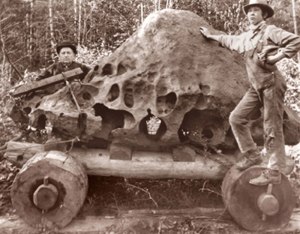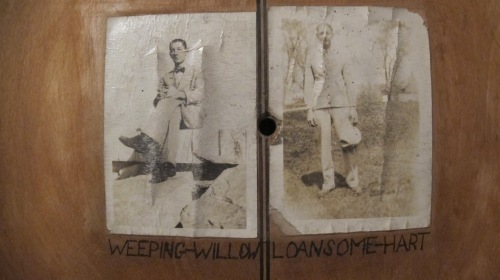
Weeping Willow and Loansome Hart left photographs of themselves inside a banjo ukulele, as a gentle “Remember Us.”
My family has long had a close relationship to the making of music. If you go back far enough in my mother’s family, we were probably connected to the German composer of operas and organ music, Johann Georg Kühnhausen, whose Matthäus-Passion (Saint Matthew’s Passion) is still occasionally performed. But for the most part, we played much more informally.
My father and several of his buddies toured around Eastern Washington in the 1930s and 1940s, playing dances in little towns like Othello and White Bluffs as the Five Jives. Two of his brothers were members of a long-lasting semi-professional band that formed under Steve Laughery in Moses Lake and which continued to tour the west after Laughery died in a landslide. The memory of these bands survive in some of the artifacts we still possess, some sheet music inscribed with “Five Jives” and a couple of vinyl albums from the Many Sounds of Nine, my uncles’ band. I have written before about the old violin my father used to play, passed on to him from one of my mother’s uncles. I use it to play dance music in a couple of contra-dance bands in Northwestern Washington now.
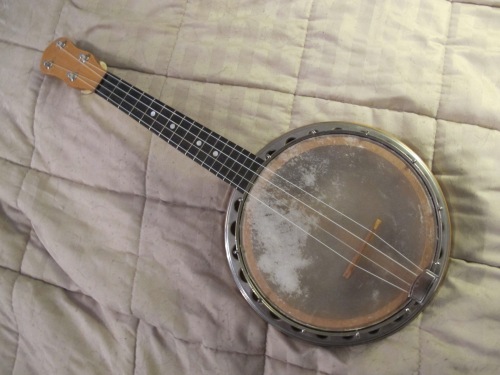
There are no markings on the instrument to indicate how old it it. The name “Elton” is stamped on the metal resonator ring.
Last month I found a very interesting instrument, seemingly meant for me. It had a peculiar back story and it fit a special niche in a musician’s repertoire. For there will always be a time when you want to create the most annoying sound you can musically make. In this case, with a banjo ukulele. Continue reading


